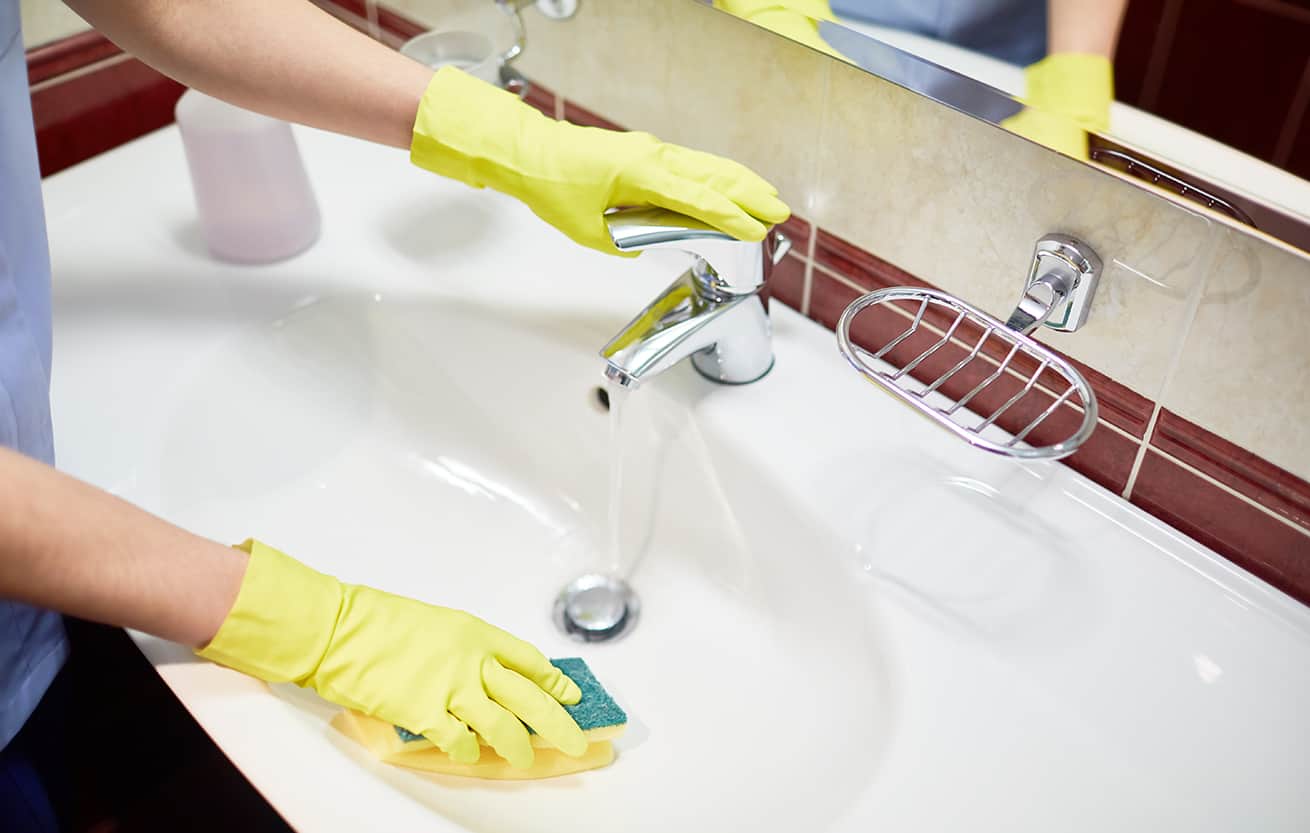

Articles
How To Clean Calcium Buildup In Sink
Modified: February 29, 2024
Learn effective methods to remove and prevent calcium buildup in your sink with these informative articles. Say goodbye to stubborn stains and enjoy a sparkling clean sink.
(Many of the links in this article redirect to a specific reviewed product. Your purchase of these products through affiliate links helps to generate commission for Storables.com, at no extra cost. Learn more)
Introduction
Welcome to our comprehensive guide on how to clean calcium buildup in sinks. Over time, sinks can develop an unsightly white residue caused by the buildup of calcium and other minerals. This buildup not only looks unappealing but can also lead to clogged drains and reduced water flow. Cleaning the calcium buildup is essential to maintain the functionality and aesthetics of your sink.
In this article, we will explore the causes of calcium buildup, discuss the importance of cleaning it, and provide you with various natural methods as well as commercial solutions to effectively remove the stubborn calcium deposits from your sink. Additionally, we will share tips on how to prevent calcium buildup in the future, ensuring your sink remains clean and free from unsightly residue.
Before we delve into the cleaning methods, let’s take a closer look at what calcium buildup is and why it occurs in sinks.
Key Takeaways:
- Say goodbye to unsightly calcium buildup in your sink by using natural methods like vinegar and baking soda, lemon juice and salt, or cream of tartar paste. These eco-friendly solutions effectively dissolve and remove stubborn deposits.
- Prevent future calcium buildup by implementing simple measures such as using a water softener, wiping the sink regularly, and considering a water filter. By taking proactive steps, you can maintain a clean and mineral-free sink for the long term.
Read more: How To Clean Calcium Buildup On Faucet
Understanding Calcium Buildup
Calcium buildup, also known as limescale, is a common problem in sinks, especially in areas with hard water. Hard water contains high levels of minerals, including calcium and magnesium. When the water evaporates, these minerals are left behind, forming a hard, crusty residue on the surfaces of sinks and faucets.
The main culprit behind calcium buildup is calcium carbonate. It is a white, chalky substance that can gradually accumulate on the sink’s surfaces, including the faucet, drain, and basin. If left untreated, calcium buildup can lead to a range of issues, including clogged drains, reduced water flow, and an unappealing appearance.
Several factors contribute to the formation of calcium buildup in sinks. Hard water, as mentioned earlier, is a primary cause. Other contributing factors include the temperature of the water and the amount of time the water is in contact with the sink’s surface. The higher the temperature and the longer the contact time, the faster the calcium buildup will occur.
It’s important to note that calcium buildup is not limited to sinks alone. It can affect other fixtures and appliances that come into contact with hard water, such as showers, toilets, and coffee makers. Understanding the causes of calcium buildup will help us determine the most effective methods to remove it.
The Importance of Cleaning Calcium Buildup in Sink
Keeping your sink free from calcium buildup is not just a matter of aesthetics; it is essential for maintaining the functionality and longevity of your sink. Here are some key reasons why cleaning calcium buildup in your sink is important:
- Prevents clogged drains: Over time, calcium buildup can accumulate in your sink’s drain, leading to clogs and reduced water flow. Regular cleaning helps to prevent these issues, ensuring that water drains smoothly.
- Improves water flow: Calcium deposits on the faucet aerator can restrict water flow. By cleaning the buildup, you can restore the water flow to its optimal level, allowing for efficient use of water in your sink.
- Reduces the spread of bacteria: Calcium buildup provides a perfect breeding ground for bacteria and other microorganisms. Regular cleaning helps to eliminate these contaminants, promoting a healthier environment in your sink.
- Extends the lifespan of your sink: The accumulation of calcium deposits can lead to corrosion and damage to your sink’s surfaces. By cleaning the buildup regularly, you can preserve the integrity of the sink, prolonging its lifespan.
- Enhances the appearance of your sink: Calcium buildup leaves unsightly white stains on your sink’s surfaces. By cleaning the buildup, you can restore the shine and beauty of your sink, making it more visually appealing.
Regular maintenance and cleaning of calcium buildup in your sink not only solve immediate issues but also prevent long-term damage and costly repairs. Now that we understand the importance of cleaning calcium buildup, let’s move on to the preparation required before cleaning.
Preparation for Cleaning
Before you begin the process of cleaning calcium buildup in your sink, it is important to gather the necessary supplies and prepare the area for effective and efficient cleaning. Here are the steps you should follow:
- Gather Supplies: Collect the following items to assist in the cleaning process:
- White vinegar or lemon juice
- Baking soda
- Citric acid or cream of tartar
- Salt
- A scrub brush or toothbrush
- A soft cloth or sponge
- Optional: Commercial calcium remover
- Clear the Area: Remove any dishes, utensils, or other items from the sink to create a clean workspace.
- Protect Surrounding Surfaces: Place a towel or mat on the countertop or floor surrounding the sink to protect it from any cleaning solutions that might spill.
- Open Windows or Use Ventilation: Some cleaning solutions may produce strong odors, so it is a good idea to open windows or use ventilation to ensure proper airflow and prevent any discomfort.
- Read and Follow Instructions: If you are using a commercial calcium remover, carefully read and follow the manufacturer’s instructions for optimal results and safety.
- Test a Small Area: Before applying any cleaning solution to the entire sink, test it on a small, inconspicuous area to ensure that it does not damage or discolor the surface.
By taking these preparation steps, you will be well-equipped and ready to effectively clean the calcium buildup in your sink. Now let’s explore the natural methods that can help you remove the stubborn calcium deposits.
Natural Methods for Removing Calcium Buildup
When it comes to removing calcium buildup in your sink, there are various natural methods that can be effective in breaking down and dissolving the deposits. These methods are not only eco-friendly but also safe to use. Let’s explore some of these natural methods:
- Method 1: Using Vinegar and Baking Soda: Vinegar is a versatile cleaning agent known for its acidic properties, while baking soda acts as a gentle abrasive. To use this method, follow these steps:
- Mix equal parts white vinegar and water.
- Apply the vinegar solution to the areas with calcium buildup.
- Sprinkle baking soda over the vinegar solution.
- Gently scrub the area with a soft cloth or sponge.
- Rinse the sink thoroughly with water.
- Method 2: Lemon Juice and Salt Mixture: Lemon juice, like vinegar, is acidic and can effectively break down calcium deposits. Salt acts as a mild abrasive to help remove the buildup. Here’s how to use this method:
- Squeeze fresh lemon juice onto the affected areas.
- Sprinkle salt over the lemon juice to create a paste.
- Allow the mixture to sit on the buildup for a few minutes.
- Scrub the area gently with a scrub brush or toothbrush.
- Rinse the sink thoroughly to remove the residue.
- Method 3: Cream of Tartar Paste: Cream of tartar is a natural acid that can effectively dissolve calcium buildup. Follow these steps to use this method:
- Mix cream of tartar with water to create a paste.
- Apply the paste to the calcium deposits.
- Let it sit for a few minutes.
- Gently scrub the area with a soft cloth or sponge.
- Rinse the sink thoroughly to remove any residue.
- Method 4: White Vinegar Soak: For stubborn calcium buildup, you can try a white vinegar soak. Here’s what you need to do:
- Fill the sink with a solution of two parts water and one part white vinegar.
- Allow the sink to soak for a few hours or overnight.
- Scrub the areas with a scrub brush or toothbrush.
- Drain the solution and rinse the sink thoroughly with water.
- Method 5: Citric Acid Soak: Citric acid is another powerful and natural solution for removing calcium buildup. Here’s how you can use it:
- Dissolve citric acid powder in warm water according to the package instructions.
- Fill the sink with the citric acid solution and let it soak for a few hours or overnight.
- Scrub the areas with a scrub brush or toothbrush.
- Drain the solution and rinse the sink thoroughly.
These natural methods can work wonders when it comes to removing the stubborn calcium buildup in your sink. However, if the deposits are particularly stubborn or extensive, you may need to consider using a commercial calcium remover. We’ll discuss this option in the next section.
Read more: How To Clean Calcium Buildup In Toilet Bowl
Method 1: Using Vinegar and Baking Soda
One of the most popular and effective natural methods for removing calcium buildup in sinks is by using a combination of vinegar and baking soda. Vinegar is a mild acid that helps break down the calcium deposits, while baking soda acts as a gentle abrasive to help scrub away the buildup. Follow these steps to use this method:
- Mixing the Solution:
- In a small bowl or container, mix equal parts white vinegar and water. For example, if you use ½ cup of white vinegar, add ½ cup of water.
- Applying the Solution:
- Pour the vinegar and water solution onto the areas of the sink affected by calcium buildup. Ensure that the solution fully covers the deposits.
- Adding Baking Soda:
- Sprinkle a generous amount of baking soda over the vinegar and water solution. The baking soda will react with the vinegar, forming a foaming reaction that helps break down the calcium deposits.
- Allow the mixture to sit on the affected areas for about 15-20 minutes. This will give the solution enough time to penetrate and loosen the buildup.
- Scrubbing:
- Using a soft cloth or sponge, gently scrub the areas with the vinegar and baking soda mixture. The combination of the acidic vinegar and the abrasive nature of the baking soda will help to remove the calcium deposits.
- Pay extra attention to any stubborn or heavily affected areas, giving them a more thorough scrub.
- Continue scrubbing until you have removed as much of the calcium buildup as possible.
- Rinsing:
- Rinse the sink thoroughly with warm water to remove the vinegar, baking soda, and leftover residue.
- Inspect the sink to ensure that all the calcium buildup has been effectively removed.
This method is not only effective but also safe to use on most sink materials, including stainless steel, porcelain, and ceramic. However, it is always recommended to test the solution on a small, inconspicuous area of the sink before applying it to the entire surface.
By utilizing the power of vinegar and baking soda, you can effectively eliminate calcium buildup and restore the cleanliness and shine to your sink. If this method doesn’t yield the desired results, don’t worry. There are other natural methods and even commercial solutions available to tackle stubborn calcium deposits in your sink.
Method 2: Lemon Juice and Salt Mixture
If you’re looking for a natural and effective method to remove calcium buildup in your sink, using a mixture of lemon juice and salt can do wonders. Lemon juice contains citric acid, which works as a natural cleaner and descaler, while salt acts as a mild abrasive to help scrub away the buildup. Follow these steps to apply this method:
- Squeezing Fresh Lemon Juice:
- Start by squeezing fresh lemon juice from a lemon onto the areas of your sink that are affected by calcium buildup. Ensure that the entire surface is covered with lemon juice.
- Adding Salt:
- Sprinkle a generous amount of salt over the lemon juice. The salt will act as a gentle abrasive to help loosen and scrub away the calcium deposits.
- Allow the lemon juice and salt mixture to sit on the affected areas for about 10-15 minutes. This will give the solution enough time to penetrate and break down the buildup.
- Scrubbing:
- Using a scrub brush or toothbrush, gently scrub the areas with the lemon juice and salt mixture. Apply a bit of pressure to effectively remove the calcium deposits.
- Focus on heavily affected areas and give them extra attention while scrubbing.
- Continue scrubbing until you have removed as much of the calcium buildup as possible.
- Rinsing:
- Rinse the sink thoroughly with warm water to wash away the lemon juice, salt, and any residue left behind.
- Inspect the sink to ensure that all the calcium buildup has been successfully removed.
This method is particularly effective for removing minor to moderate calcium buildup. Lemon juice not only breaks down the calcium deposits but also leaves a refreshing citrus scent behind. In addition, using a natural solution like this one is safe for most sink materials, including porcelain, ceramic, and stainless steel.
Remember to test the lemon juice and salt mixture on a small, inconspicuous area of the sink before applying it to the entire surface, especially if you have a sensitive or delicate sink material.
By utilizing the power of lemon juice and salt, you can effectively tackle calcium buildup in your sink and restore its cleanliness and shine. If this method doesn’t provide the desired results, don’t worry. There are other natural methods and commercial solutions available to effectively remove stubborn calcium deposits from your sink.
Use a mixture of equal parts water and white vinegar to soak a cloth or paper towel and place it over the affected area. Let it sit for a few hours before scrubbing with a brush or sponge. Rinse with water.
Method 3: Cream of Tartar Paste
If you’re looking for a natural and gentle method to remove calcium buildup from your sink, using a cream of tartar paste can be highly effective. Cream of tartar, also known as potassium bitartrate, acts as a mild acid that breaks down the calcium deposits. Follow these steps to apply this method:
- Creating the Cream of Tartar Paste:
- In a small bowl, mix cream of tartar with a small amount of water to create a thick paste. The exact measurements may vary, but aim for a consistency that allows the paste to spread easily.
- Applying the Cream of Tartar Paste:
- Using a soft cloth or sponge, apply the cream of tartar paste to the areas of your sink that have calcium buildup. Ensure that the paste completely covers the affected surfaces.
- Letting it Sit:
- Allow the cream of tartar paste to sit on the calcium deposits for about 15-20 minutes. This will give the paste sufficient time to penetrate and break down the buildup.
- Avoid letting the paste dry on the surface, as it may become difficult to remove.
- Scrubbing:
- Using a soft cloth or sponge, gently scrub the areas with the cream of tartar paste. Apply a bit of pressure to effectively remove the calcium deposits.
- Focus on areas with heavy buildup and give them extra attention while scrubbing.
- Continue scrubbing until you have removed as much of the calcium buildup as possible.
- Rinsing:
- Rinse the sink thoroughly with warm water to wash away the cream of tartar paste and any residue left behind.
- Inspect the sink to ensure that all the calcium buildup has been successfully removed.
This method of using a cream of tartar paste is gentle yet effective in removing calcium buildup from your sink. Cream of tartar is safe to use on most sink materials such as porcelain, ceramic, and stainless steel. However, it’s always a good idea to test the paste on a small, inconspicuous area of the sink first to ensure it doesn’t cause any damage or discoloration.
By using the cream of tartar paste, you can effectively eliminate calcium buildup and restore the cleanliness and shine to your sink. If this method doesn’t provide the desired results, don’t worry. There are other natural methods and commercial solutions available to effectively remove stubborn calcium deposits from your sink.
Method 4: White Vinegar Soak
A white vinegar soak is an effective method for removing stubborn calcium buildup in sinks. White vinegar contains acetic acid, which breaks down mineral deposits and helps to dissolve the calcium buildup. Follow these steps to utilize this method:
- Filling the Sink with White Vinegar:
- Start by filling the sink with a solution of two parts water and one part white vinegar. The amount of solution required will depend on the size of your sink and the extent of the calcium buildup.
- Allowing the Soak:
- Allow the sink to soak in the white vinegar solution for a few hours or overnight. This will give the vinegar enough time to break down the calcium deposits.
- If the buildup is particularly stubborn, you can increase the vinegar concentration by using equal parts water and vinegar.
- Scrubbing:
- After the soaking period, use a scrub brush or toothbrush to gently scrub the areas with calcium buildup. The vinegar soak would have loosened the deposits, making them easier to remove.
- Focus on heavily affected areas and give them extra attention while scrubbing.
- Draining and Rinsing:
- Once you have scrubbed the buildup, drain the vinegar solution from the sink.
- Rinse the sink thoroughly with water to remove any remaining vinegar solution and residue.
- Inspect the sink to ensure that all the calcium buildup has been successfully eliminated.
The white vinegar soak method is effective in breaking down and loosening stubborn calcium deposits. It is suitable for various sink materials, including porcelain, ceramic, and stainless steel. However, if you have a delicate or sensitive sink material, it’s always a good idea to test the vinegar solution on a small, inconspicuous area first to ensure it won’t cause any damage or discoloration.
By utilizing the power of white vinegar, you can effectively remove calcium buildup and restore the cleanliness and shine of your sink. If this method doesn’t provide the desired results, don’t worry. There are other natural methods and commercial solutions available to effectively remove stubborn calcium deposits from your sink.
Method 5: Citric Acid Soak
A citric acid soak is an excellent method for removing stubborn calcium buildup from sinks. Citric acid is a natural acid derived from citrus fruits and is highly effective at dissolving mineral deposits, including calcium. Follow these steps to utilize this method:
- Dissolving Citric Acid:
- Dissolve citric acid powder in warm water according to the package instructions. Typically, a concentration of 10-20% citric acid solution is recommended, but adjust the amount as needed based on the extent of the calcium buildup.
- Filling the Sink with Citric Acid Solution:
- Pour the prepared citric acid solution into the sink, ensuring that the calcium buildup is fully submerged. The amount of solution required will depend on the size of your sink and the severity of the deposits.
- Allowing the Soak:
- Let the sink soak in the citric acid solution for a few hours or overnight. This will give the citric acid enough time to effectively dissolve the calcium deposits.
- Keep in mind that the longer you let the solution soak, the more effective it will be in breaking down the stubborn buildup.
- Scrubbing (if needed):
- After the soaking period, you may need to lightly scrub the areas with a scrub brush or toothbrush to help remove any loosened calcium deposits.
- Focus on heavily affected areas and give them extra attention while scrubbing.
- Draining and Rinsing:
- Once the soak is complete, drain the citric acid solution from the sink.
- Thoroughly rinse the sink with water to remove any remaining citric acid solution and residue.
- Inspect the sink to ensure that all the calcium buildup has been successfully dissolved and eliminated.
Citric acid is a powerful and natural solution for removing calcium buildup from sinks. It is safe to use on most sink materials, including porcelain, ceramic, and stainless steel. However, it’s always a good idea to test the citric acid solution on a small, inconspicuous area first to ensure it won’t cause any damage or discoloration.
By utilizing a citric acid soak, you can effectively dissolve and eliminate stubborn calcium deposits, restoring the cleanliness and shine of your sink. If this method doesn’t provide the desired results, don’t worry. There are other natural methods and commercial solutions available to effectively remove stubborn calcium deposits from your sink.
Method 6: Using a Scrub Brush or Toothbrush
Using a scrub brush or toothbrush along with a cleaning agent is a simple yet effective method for removing calcium buildup in sinks. This method allows for manual scrubbing, which helps to physically break down and remove the deposits. Follow these steps to utilize this method:
- Selecting a Cleaning Agent:
- Choose a suitable cleaning agent for your sink material. For example, you can use a mild dish soap, a paste made with baking soda and water, or a specialized sink cleaner.
- Applying the Cleaning Agent:
- Apply the chosen cleaning agent onto a scrub brush or toothbrush. Ensure that the brush is properly coated with the cleaning agent.
- Scrubbing the Calcium Buildup:
- Using the scrub brush or toothbrush, scrub the areas with calcium buildup. Apply moderate pressure while scrubbing to effectively break down the deposits.
- Focus on heavily affected areas and give them extra attention during scrubbing.
- You can scrub in circular motions or back-and-forth motions, depending on what feels more comfortable.
- Rinsing:
- Rinse the sink thoroughly with warm water to wash away the loosened calcium deposits and any residue left behind.
- Inspect the sink to ensure that all the calcium buildup has been successfully removed.
This method is versatile and can be used on various sink materials, including porcelain, ceramic, and stainless steel. However, consider the sensitivity of your sink material and choose a scrub brush or toothbrush with bristles that won’t cause any damage or scratches.
Utilizing a scrub brush or toothbrush allows for targeted and manual scrubbing, which can be particularly effective for removing stubborn and hard-to-reach calcium deposits. If the buildup remains stubborn even after scrubbing, you can try combining this method with a gentle cleaning solution like baking soda and water.
By using a scrub brush or toothbrush in conjunction with a suitable cleaning agent, you can successfully remove calcium buildup from your sink and restore its cleanliness and shine. If this method doesn’t provide the desired results, don’t worry. There are other natural methods and commercial solutions available to effectively remove stubborn calcium deposits from your sink.
Method 7: Commercial Calcium Removers
If natural methods are not effective in removing stubborn calcium buildup from your sink, you may consider using a commercial calcium remover. These products are specifically designed to dissolve and eliminate mineral deposits, including calcium, quickly and effectively. Here’s how to use a commercial calcium remover:
- Choosing a Commercial Calcium Remover:
- Visit your local hardware store or supermarket and look for commercial calcium removers. Read the labels and choose a product that is suitable for your sink material and the severity of the calcium buildup.
- Ensure that you follow the manufacturer’s instructions on the product label for optimal usage and safety precautions.
- Preparing the Sink:
- Clear the sink of any dishes, utensils, or personal items to create enough space for the cleaning process.
- Protect surrounding surfaces and materials by using towels or mats to prevent potential damage from the commercial calcium remover.
- Ensure proper ventilation in the area, as some commercial cleaners may produce strong odors.
- Applying the Commercial Calcium Remover:
- Follow the instructions on the product label for the appropriate amount to use and the recommended application method.
- Apply the commercial calcium remover to the areas of the sink affected by calcium buildup. Use a brush or sponge to ensure even distribution of the product.
- Allow the product to sit as specified on the label, typically for a few minutes.
- Scrubbing (if needed):
- If the label instructs you to scrub the area, use a brush or sponge to gently scrub the calcium buildup. Follow the recommended technique and pressure specified on the label.
- Pay extra attention to heavily affected areas and continue scrubbing until the buildup is sufficiently loosened.
- Rinsing and Cleaning:
- Rinse the sink thoroughly with warm water to remove the commercial calcium remover and any loosened calcium deposits.
- Clean the sink with mild dish soap and warm water to ensure all remnants of the commercial cleaner are removed.
- Inspect the sink to ensure that all the calcium buildup has been successfully eliminated.
Commercial calcium removers are specifically formulated to tackle tough calcium deposits. However, it’s crucial to follow the instructions provided by the manufacturer and take necessary safety precautions, such as wearing gloves and avoiding contact with eyes or prolonged skin exposure.
Using a commercial calcium remover can be an effective solution when other methods fail to remove stubborn calcium buildup from your sink. These products are designed to save you time and effort, providing a convenient option for maintaining a clean and calcium-free sink.
Remember to always read and follow the instructions on the product label for optimal results and safety. If you have any concerns or questions about using a commercial calcium remover, consult the manufacturer or seek professional advice.
Preventing Calcium Buildup in the Future
While it’s important to know how to effectively clean calcium buildup in sinks, taking preventative measures can help minimize the recurrence of this issue. By implementing these preventive measures, you can maintain a clean and calcium-free sink in the long run. Here are some tips to prevent calcium buildup:
- Use a Water Softener:
- If you have hard water, consider installing a water softener system. Water softeners work by removing the minerals that cause hardness, including calcium and magnesium.
- Softened water will significantly reduce the amount of calcium deposits in your sink and other fixtures.
- Wipe the Sink Regularly:
- After each use, take a few moments to wipe down your sink with a clean, damp cloth or sponge. This will remove any residual water and prevent mineral buildup.
- Make it a habit to wipe the faucet, drain, and basin to keep the sink free from water spots and stains.
- Use Vinegar or Lemon Juice for Maintenance:
- Periodically, you can use a diluted solution of white vinegar or lemon juice to give your sink a maintenance cleaning.
- Apply the solution with a cloth or sponge, scrub gently, and rinse thoroughly. This will help keep calcium buildup at bay.
- Avoid Harsh Chemical Cleaners:
- Harsh chemical cleaners can damage your sink’s surface and may even contribute to faster calcium buildup.
- Instead, opt for mild dish soap or natural cleaning agents when cleaning your sink.
- Regularly Clean Faucet Aerators:
- Faucet aerators can become clogged with mineral deposits, affecting water flow in the sink.
- Remove and clean the aerators periodically, soaking them in vinegar or a commercial descaler to dissolve any buildup.
- Consider a Water Filter:
- Installing a water filter can help remove impurities, including minerals, from your tap water, reducing the amount of calcium entering your sink.
- A water filter can be installed under the sink or on the faucet.
- Wipe Up Spills Promptly:
- If there are spills or splatters in your sink, wipe them up promptly to prevent them from drying and forming deposits.
- By maintaining a clean and dry sink surface, you can minimize the chances of calcium buildup.
By following these preventive measures, you can significantly reduce the occurrence of calcium buildup in your sink, keeping it clean and fresh for longer periods. Remember, prevention is key to maintaining a beautiful and functional sink.
Implement these tips as part of your regular cleaning routine to ensure long-term prevention of calcium buildup in your sink. By doing so, you’ll enjoy a hassle-free sink that always looks its best.
Read more: How To Remove Calcium Buildup In Hot Tub
Conclusion
Keeping your sink free from calcium buildup is crucial for both its appearance and functionality. In this comprehensive guide, we have explored various methods for effectively removing calcium deposits from your sink. Whether you opt for natural remedies or commercial solutions, each method offers a unique approach to tackle this common issue.
We began by understanding what calcium buildup is and why it occurs in sinks. Hard water, high mineral content, and evaporation all contribute to the formation of stubborn calcium deposits. However, with the right techniques and tools, you can successfully eliminate the buildup and restore the beauty of your sink.
We discussed natural methods such as using vinegar and baking soda, lemon juice and salt, cream of tartar paste, white vinegar soak, and citric acid soak. These natural methods harness the power of common household ingredients to dissolve and scrub away calcium deposits, allowing you to achieve a clean and pristine sink.
If natural methods do not yield the desired results, we explored the option of using commercial calcium removers. These products are specifically formulated to tackle tough calcium deposits and offer a convenient alternative for stubborn buildup. However, it is important to carefully follow the instructions provided by the manufacturer and take necessary safety precautions.
Additionally, we discussed preventive measures to minimize the recurrence of calcium buildup in your sink. Simple steps such as wiping the sink regularly, using vinegar or lemon juice for maintenance, and considering a water softener or filter can help prevent mineral deposits from forming in the first place.
By implementing these cleaning techniques and preventive measures, you can ensure that your sink remains clean, free from calcium deposits, and fully functional. Remember to choose the method that is best suited for your sink material and the severity of the buildup.
With regular maintenance and proper cleaning techniques, you can enjoy a beautiful, clean, and mineral-free sink for years to come. Say goodbye to unsightly calcium buildup and hello to a sparkling sink that adds elegance and functionality to your kitchen or bathroom!
Frequently Asked Questions about How To Clean Calcium Buildup In Sink
Was this page helpful?
At Storables.com, we guarantee accurate and reliable information. Our content, validated by Expert Board Contributors, is crafted following stringent Editorial Policies. We're committed to providing you with well-researched, expert-backed insights for all your informational needs.
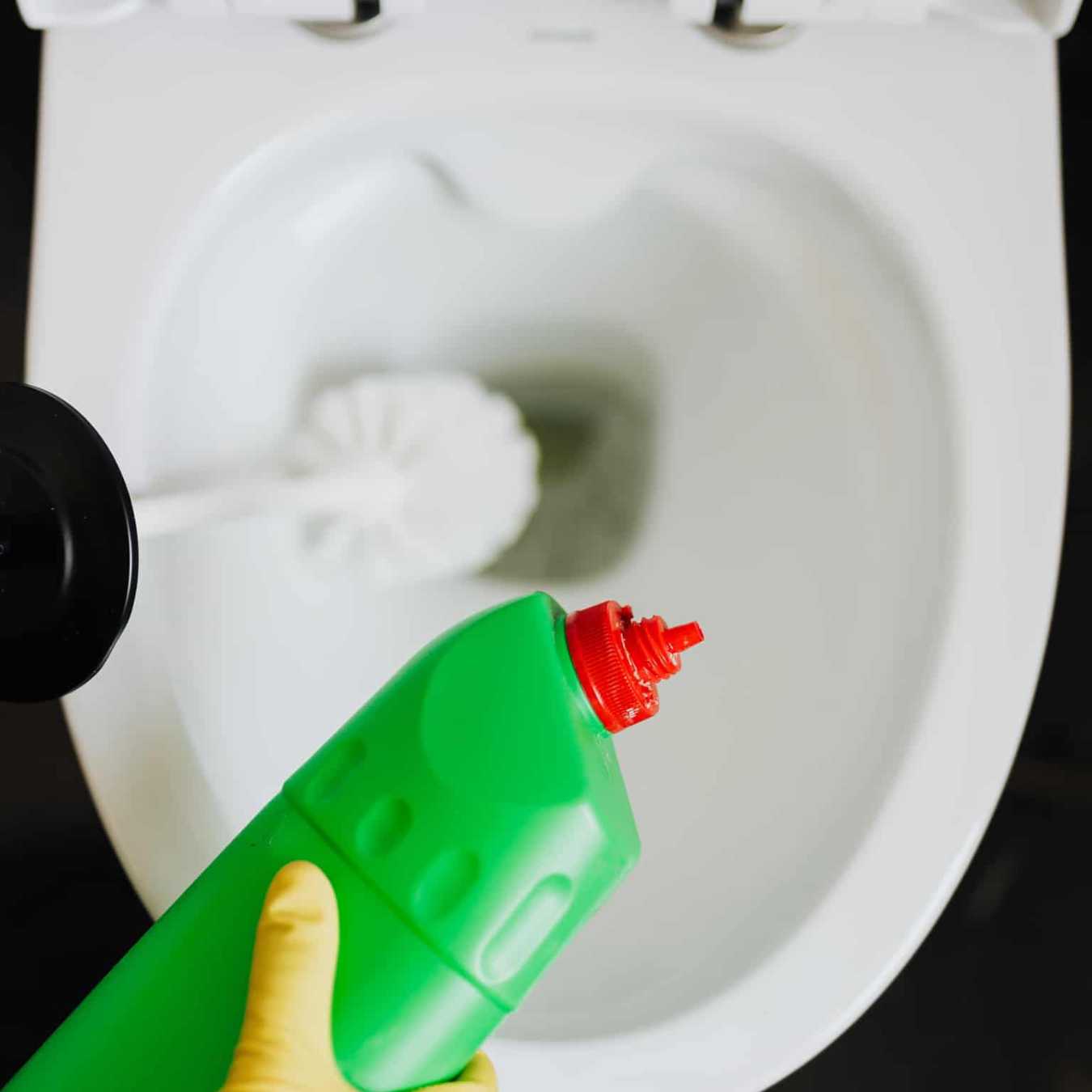
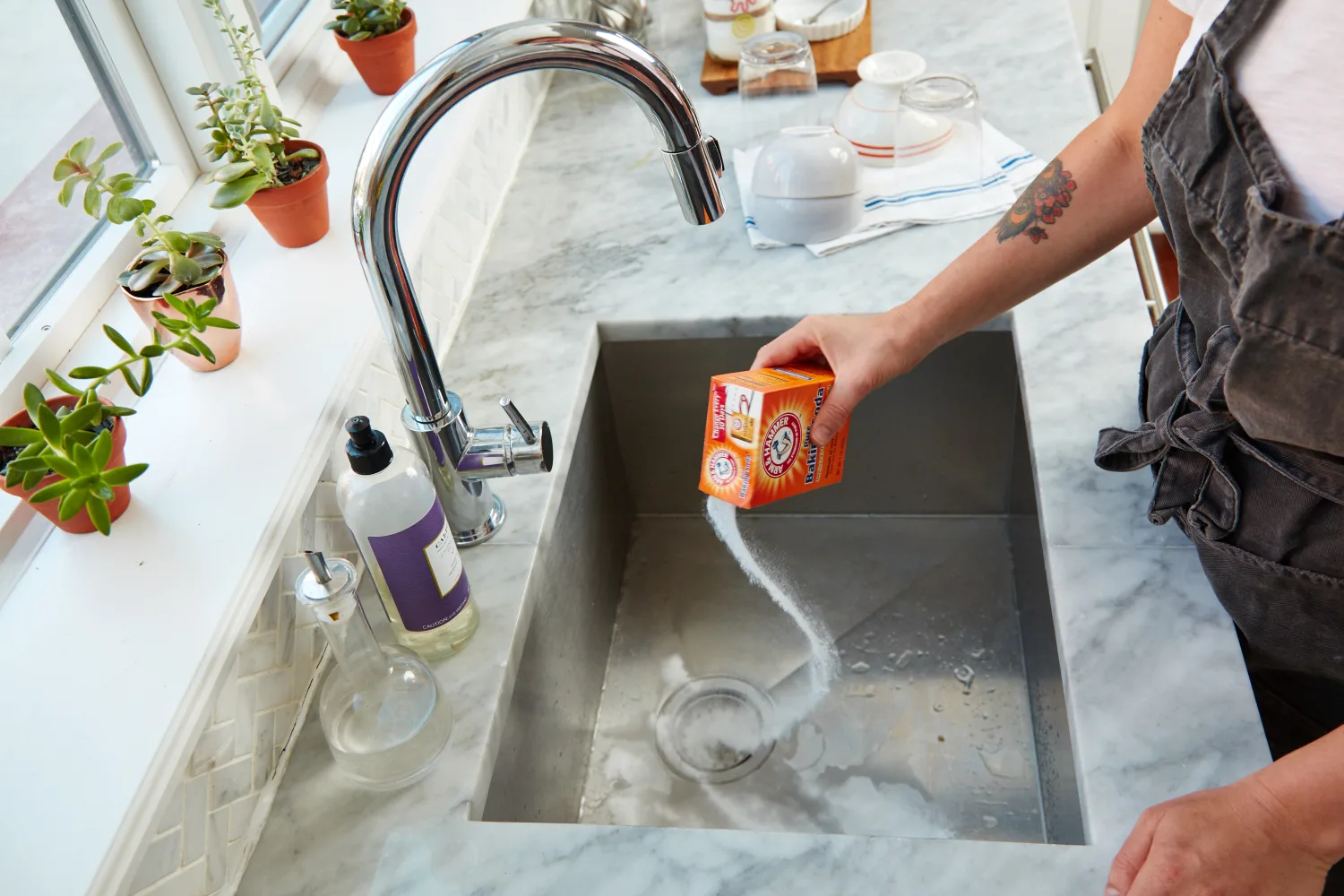
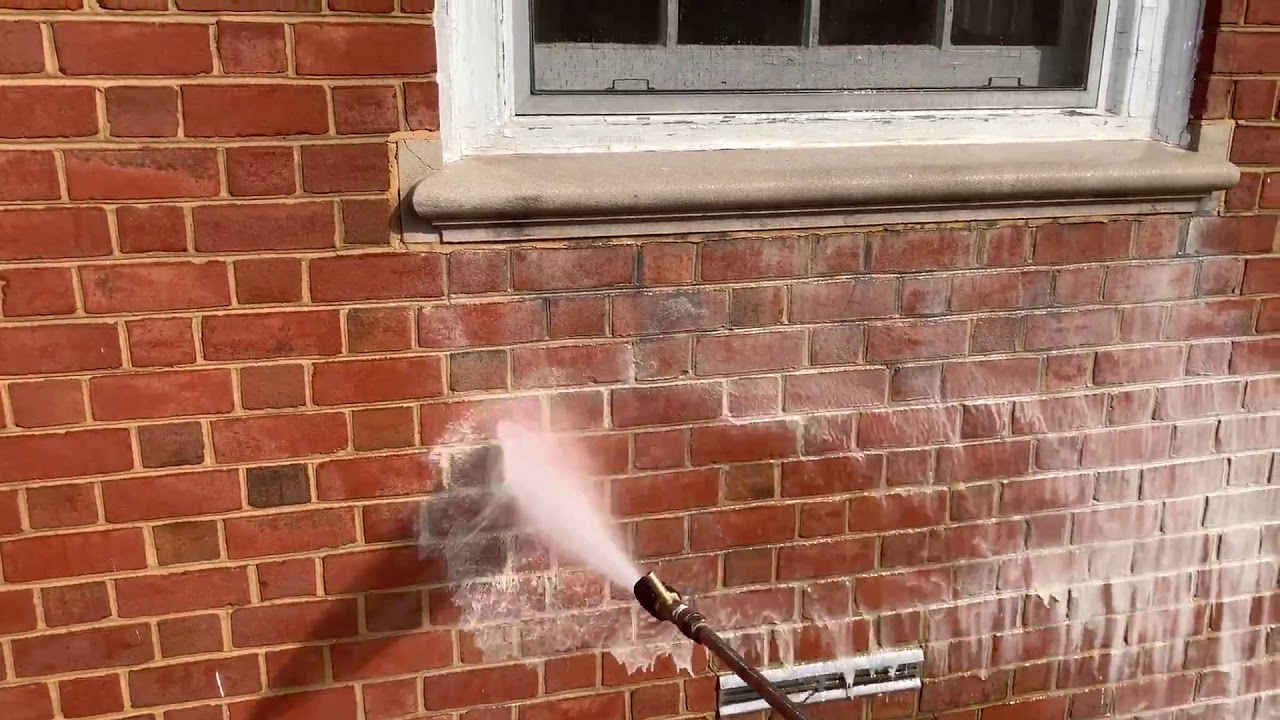

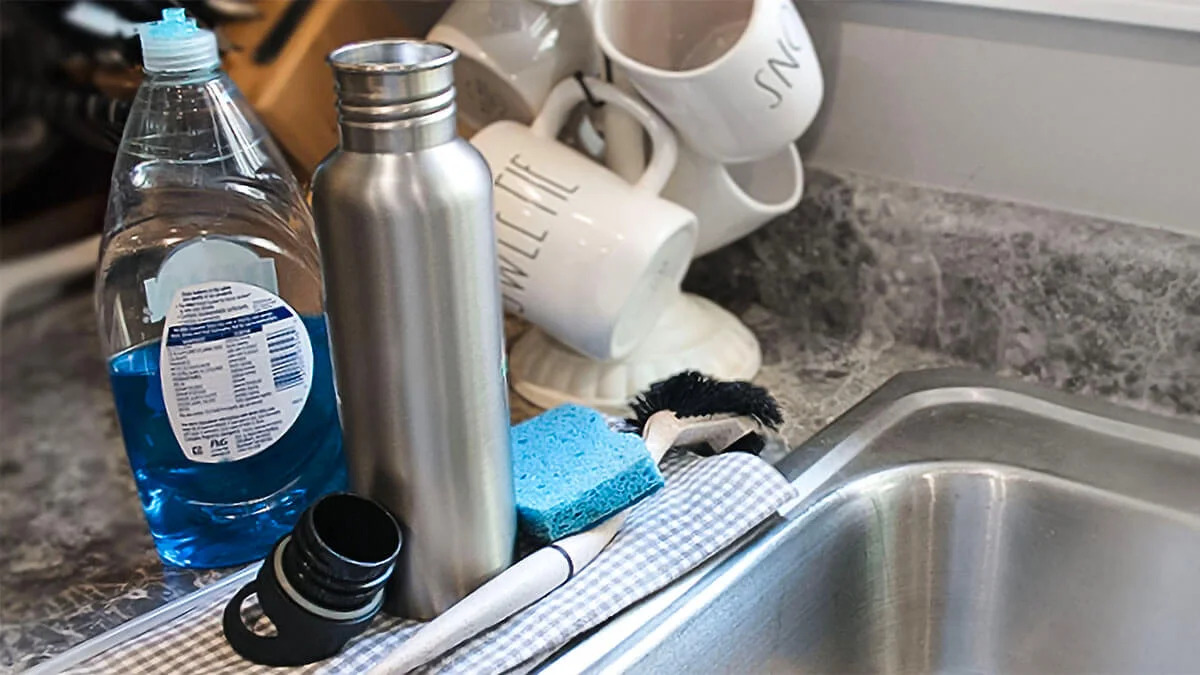
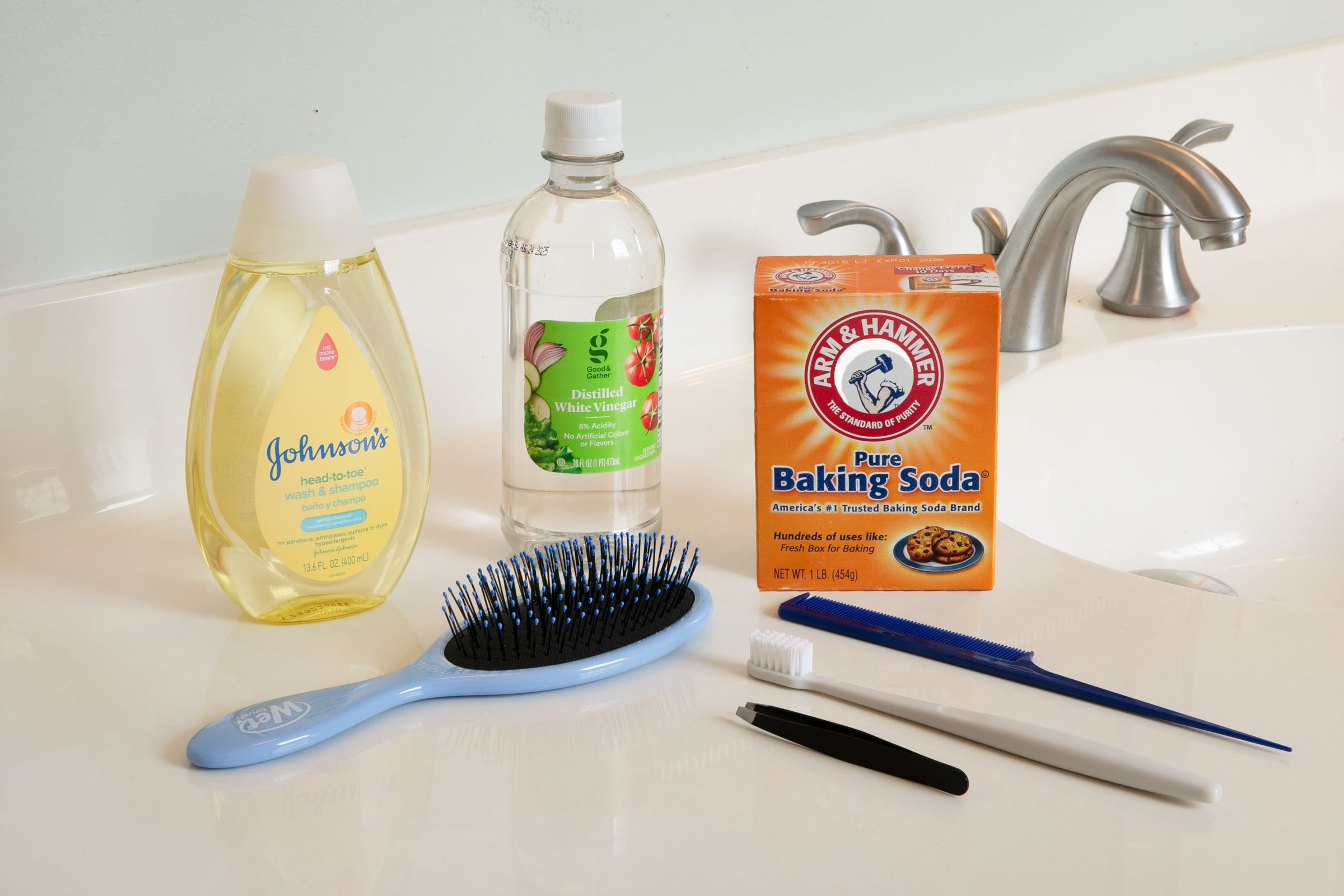
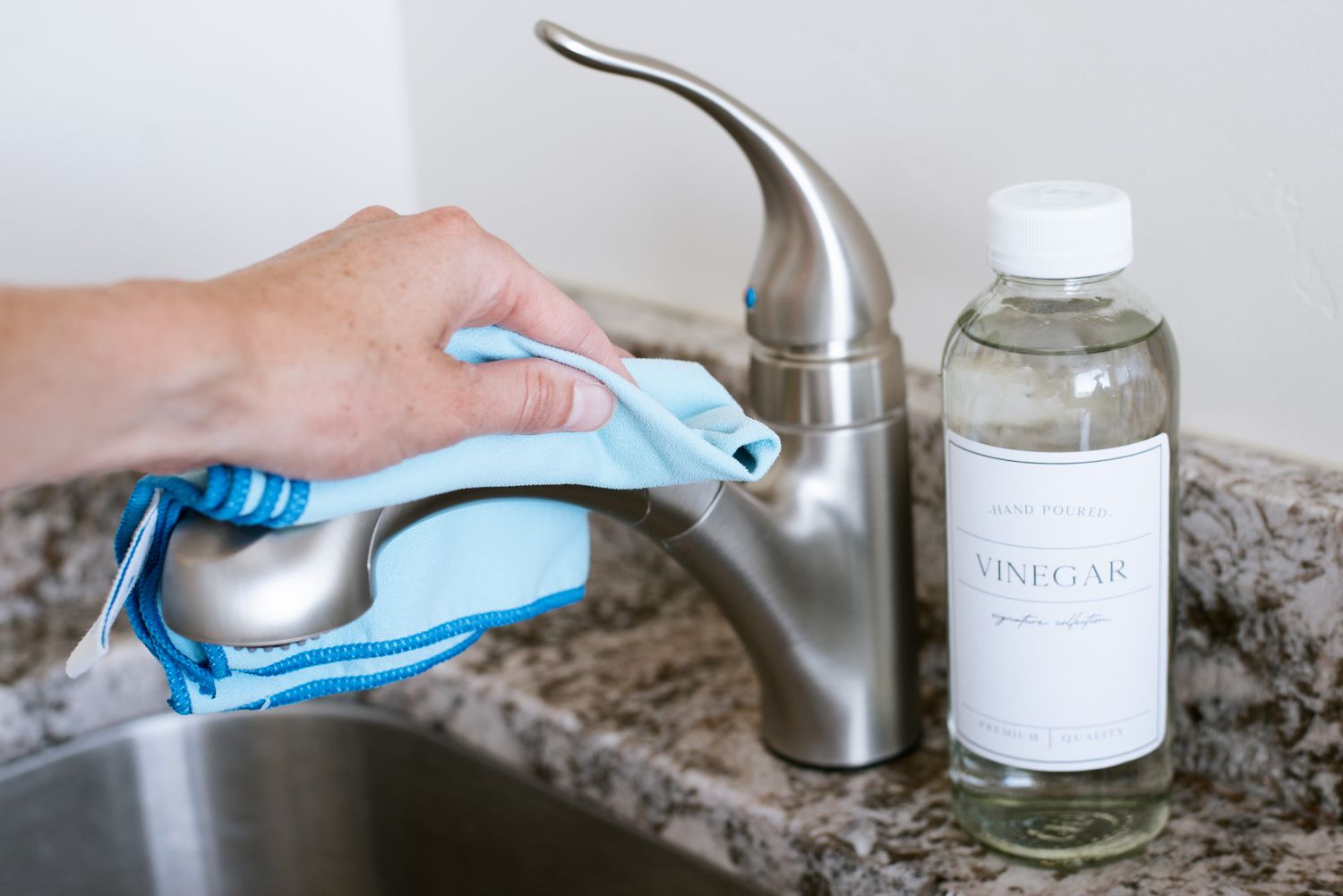
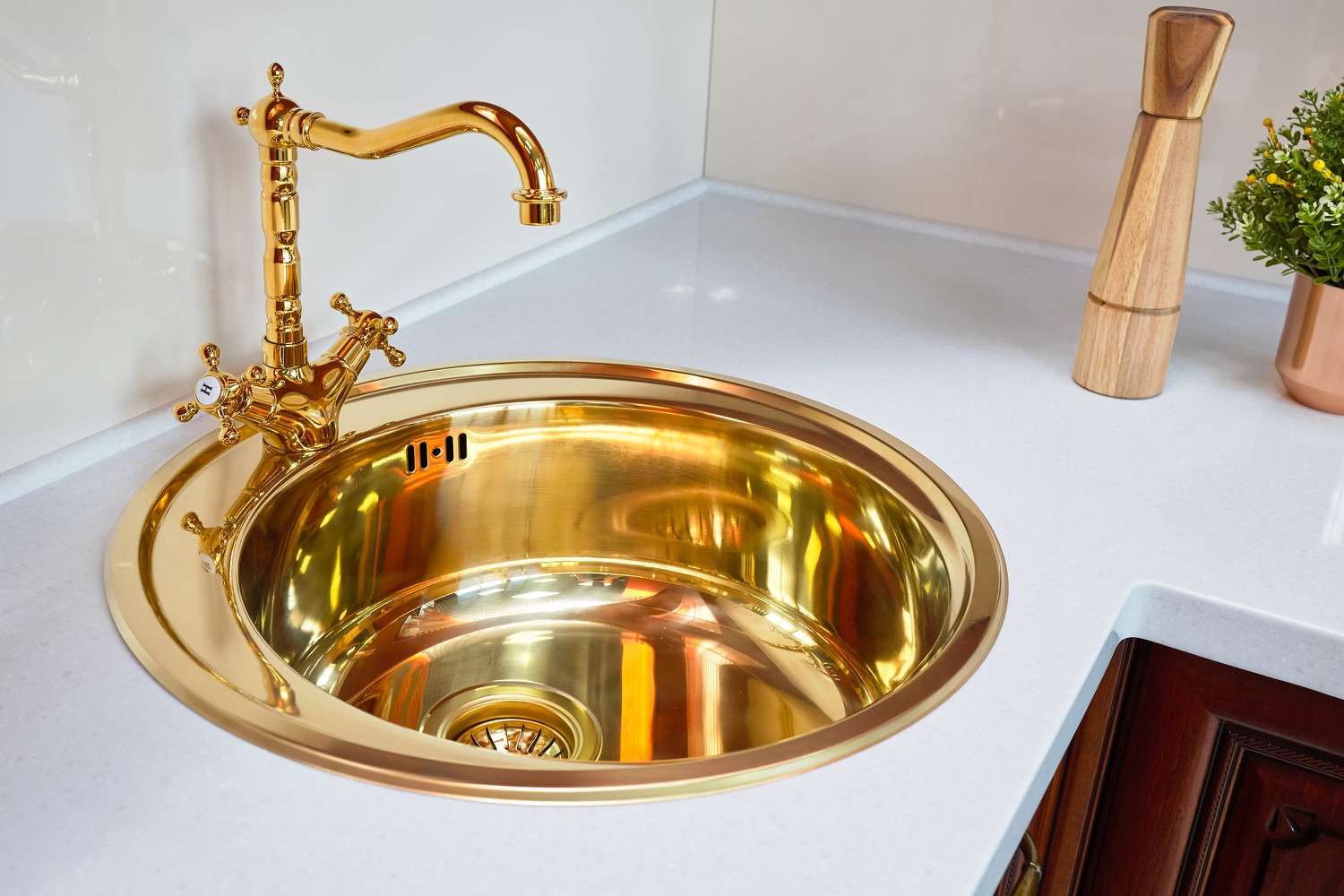
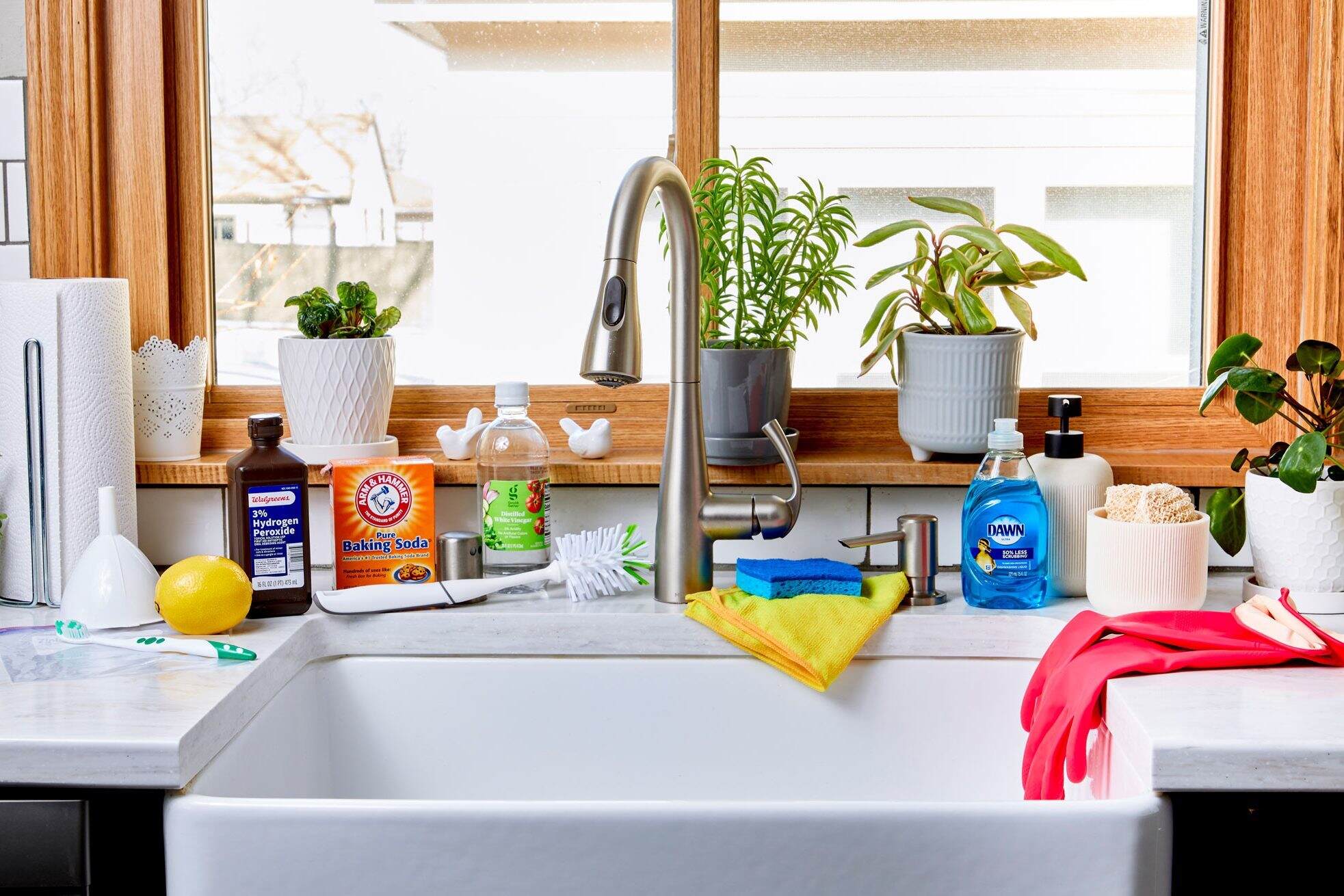
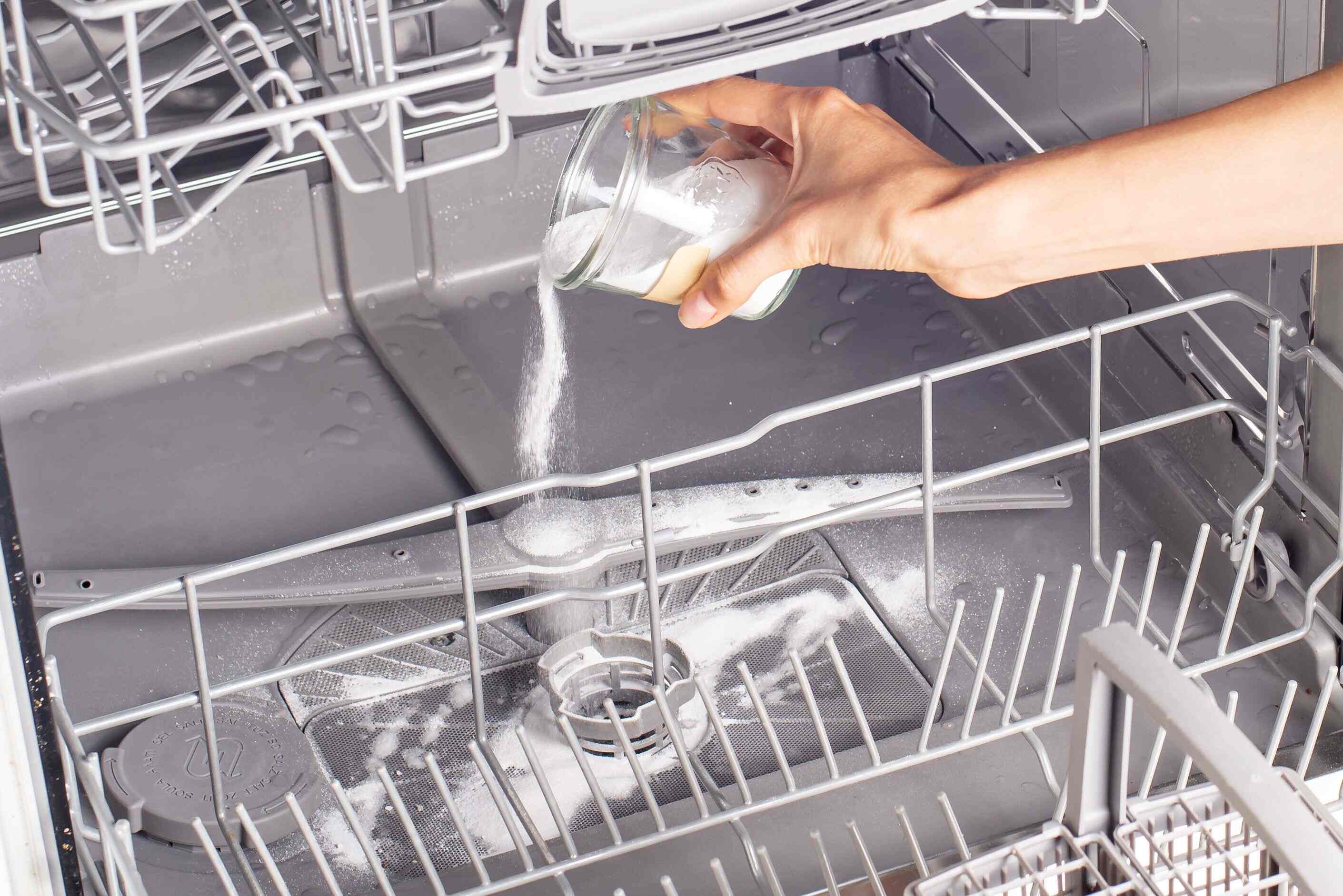
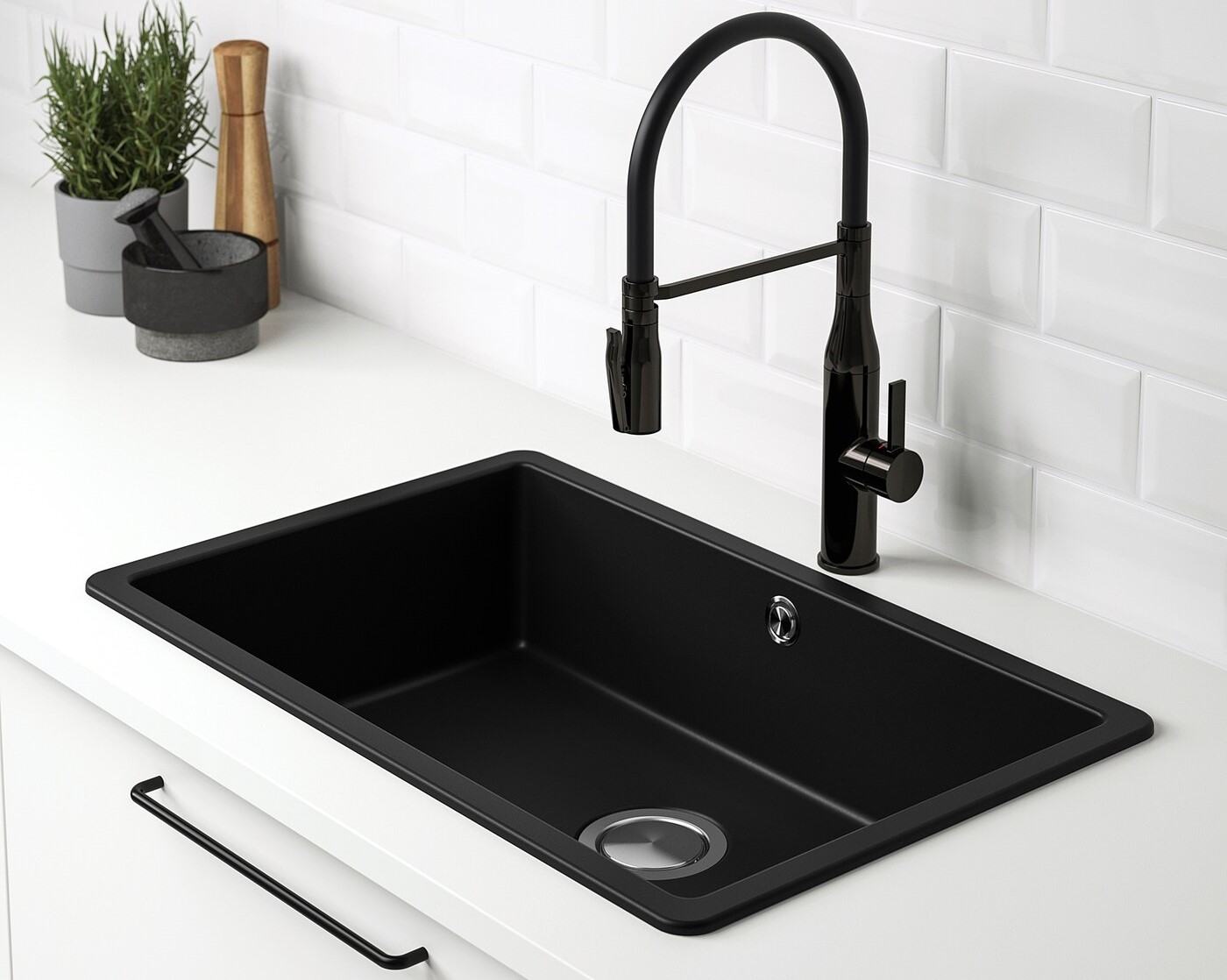
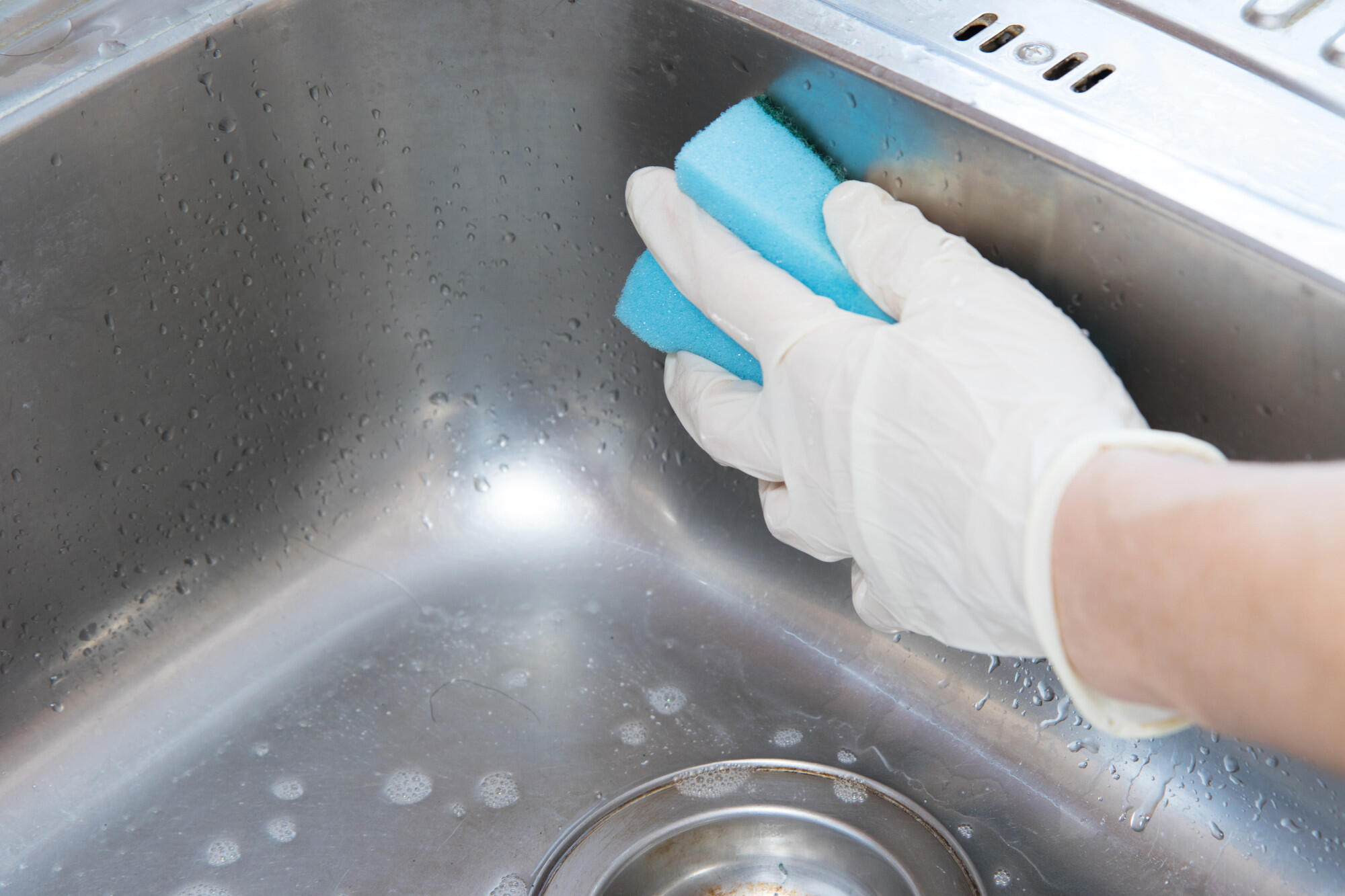

0 thoughts on “How To Clean Calcium Buildup In Sink”